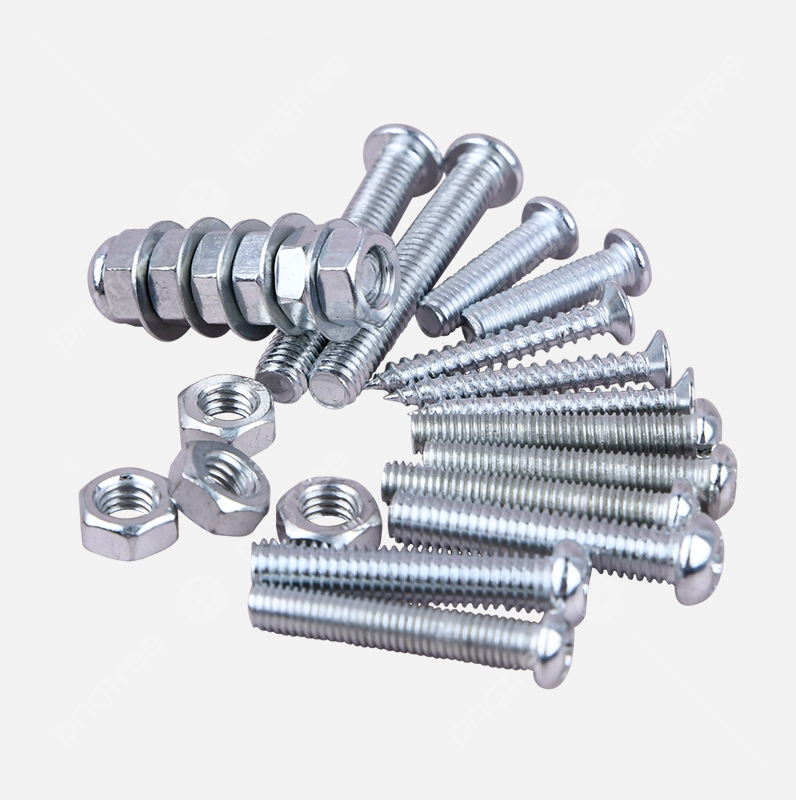chipboard fixings
Understanding Chipboard Fixings A Comprehensive Guide
Chipboard, also known as particle board, is an engineered wood product made from wood chips, sawmill shavings, and sawdust, which are bonded together using adhesives and heat. Due to its affordability and versatility, chipboard is a popular choice for furniture, cabinetry, and flooring. However, to ensure the longevity and structural integrity of products made from chipboard, the proper use of fixings is crucial. In this article, we will delve into the various types of chipboard fixings, their applications, and installation techniques.
Types of Chipboard Fixings
1. Screws One of the most common fixings used with chipboard is screws. Chipboard screws are designed with a coarse thread that provides superior grip and holding power. These screws typically have a flat or countersunk head to allow for flush fitting. When using screws on chipboard, it’s essential to pre-drill holes to prevent splitting. Screw sizes can range significantly depending on the thickness of the chipboard and the application.
2. Dowels Wooden dowels are another popular fixing method in chipboard construction. They are often used to join panels at right angles, providing a strong and invisible joint. Doweling requires precise drilling of holes in both pieces of chipboard. Inserting the dowel into the holes and applying glue ensures a solid bond. This method is favored for creating finished pieces where visible fixings are undesirable.
3. Cam Lock Fasteners Often used in flat-pack furniture assembly, cam lock fasteners provide a simple and effective way to secure chipboard pieces together. The cam lock consists of a cam, which is a metal disc with a slot, and a matching dowel. When the dowel is inserted into the corresponding hole in one piece of chipboard, the cam is turned to lock it in place. This system is particularly user-friendly for individuals assembling furniture without extensive tools.
4. Brackets and Corner Plates For additional support, particularly in structural applications, metal brackets and corner plates can be used. These fixings are applied to the external corners of chipboard assemblies to reinforce joints and prevent warping. They are particularly useful in cabinets, shelving, and supports for desk assemblies.
5. Glue and Adhesives While not a mechanical fixing, adhesives play a significant role in enhancing the bond between chipboard pieces. PVA (polyvinyl acetate) glue is commonly used in conjunction with mechanical fixings to provide an additional layer of strength. Proper application involves spreading glue evenly on the surfaces being joined and allowing sufficient curing time for maximum bond strength.
chipboard fixings

Installation Techniques
Using chipboard fixings correctly requires an understanding of effective installation techniques. Here are some tips for achieving the best results
- Pre-drill Holes To prevent splitting, always pre-drill holes for screws, especially near edges. This technique also ensures that the screw threads engage properly with the chipboard. - Choose the Right Size Always select screw lengths that are appropriate for the thickness of the chipboard. A screw that is too long can penetrate excessively, while one that is too short will fail to provide adequate support.
- Use Compatible Fixings Ensure that all fixings used are compatible with chipboard. For instance, standard wood screws might not provide the desired grip; instead, opt for dedicated chipboard screws with coarse threading.
- Monitor Humidity Chipboard is susceptible to moisture, which can cause swelling and warping. If your project is intended for a humid environment (like kitchens or bathrooms), consider using moisture-resistant chipboard and appropriate fixings.
- Follow Manufacturer Instructions Always adhere to specific guidelines provided by manufacturers, especially when it comes to assembly and fixing methods.
Conclusion
In summary, the right choice of fixings and installation techniques is vital for the success of any project using chipboard. By understanding the types of fixings available and applying proper techniques, you can enhance the durability and aesthetic appeal of your chipboard furniture and constructions. Whether you are a DIY enthusiast or a professional, mastering the art of chipboard fixings is essential for achieving quality and lasting results.
-
Weatherproof Plastic Expansion Anchors for OutdoorNewsJun.06,2025
-
Sustainability in the Supply Chain: Eco-Friendly TEK Screws ProductionNewsJun.06,2025
-
Load-Bearing Capacity of External Insulation FixingsNewsJun.06,2025
-
Double Head Bolts: Enhancing Efficiency in Industrial MachineryNewsJun.06,2025
-
Corrosion Resistance in Chipboard Screws: Coatings for Wholesale DurabilityNewsJun.06,2025
-
Butterfly Toggle Bolts : Enhancing Structural ResilienceNewsJun.06,2025
